The Serbian Cyrillic alphabet is an adaptation of the Cyrillic script for Serbo-Croatian, developed in 1818 by Serbian linguist Vuk Karadžić.

It is one of the two alphabets used to write standard modern Serbian, Bosnian and Montenegrin, the other being Latin.
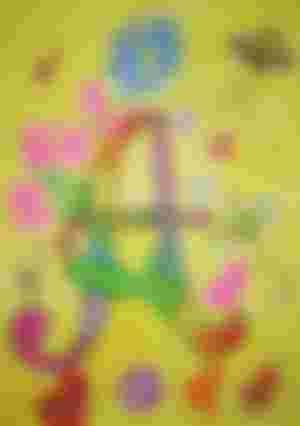
Vuk Karadžić based his alphabet on the previous "Slavonic-Serbian" script, following the principle of "write as you speak and read as it is written", removing obsolete letters and letters representing iotified vowels, introducing ⟨J⟩ from the Latin alphabet instead, and adding several consonant letters for sounds specific to Serbian phonology.
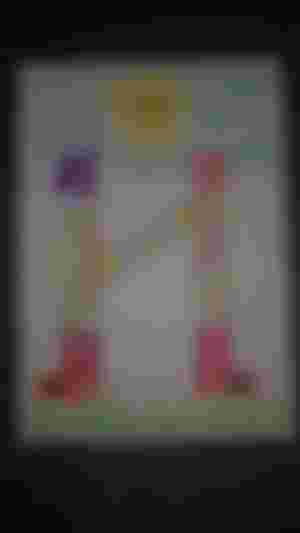
During the same period, Croatian linguists led by Ljudevit Gaj adapted the Latin alphabet, in use in western South Slavic areas, using the same principles. As a result of this joint effort, Cyrillic and Latin alphabets for Serbo-Croatian have a complete one-to-one congruence, with the Latin digraphs Lj, Nj, and Dž counting as single letters.

Vuk's Cyrillic alphabet was officially adopted in Serbia in 1868, and was in exclusive use in the country up to the inter-war period. Both alphabets were co-official in the Kingdom of Yugoslavia and later in the Socialist Federal Republic of Yugoslavia.

Due to the shared cultural area, Gaj's Latin alphabet saw a gradual adoption in Serbia since, and both scripts are used to write modern standard Serbian, Montenegrin and Bosnian; Croatian only uses the Latin alphabet.
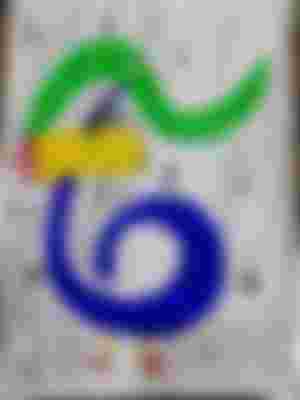
In Serbia, Cyrillic is seen as being more traditional, and has the official status (designated in the Constitution as the "official script", compared to Latin's status of "script in official use" designated by a lower-level act, for national minorities). It is also an official script in Bosnia-Herzegovina and Montenegro, along with Latin.
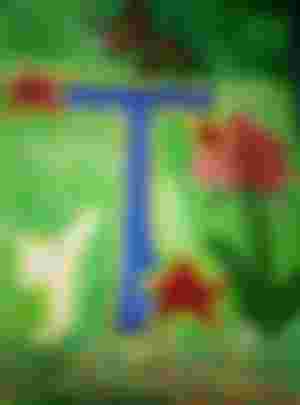
Udruženje „Dani ćirilice Bavanište“ pod pokroviteljstvom Ministarstva prosvete, nauke i tehnološkog razvoja Republike Srbije sveke godine obeležava Dan Ćirila i Metodija i raspisuje konkurs za učenike osnovnih i srednjih škola.

Deca kroz literarno i likovno stvaralaštvo , kaligrafskih radove, minijature , ilustracije neguju slovensku pismenost! Radovi mojih učenika -inicijali!
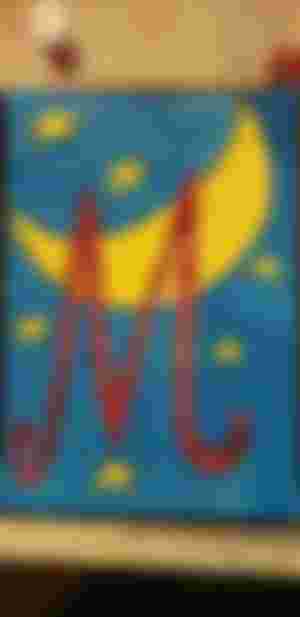
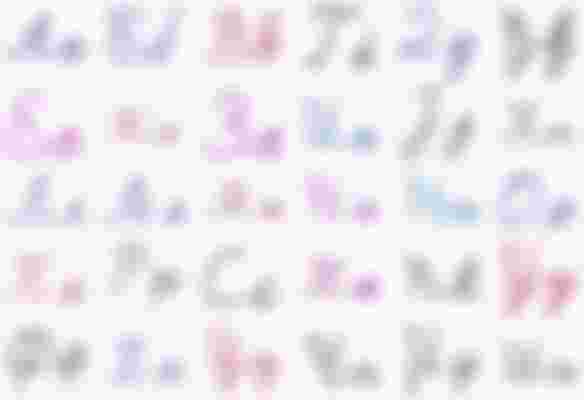
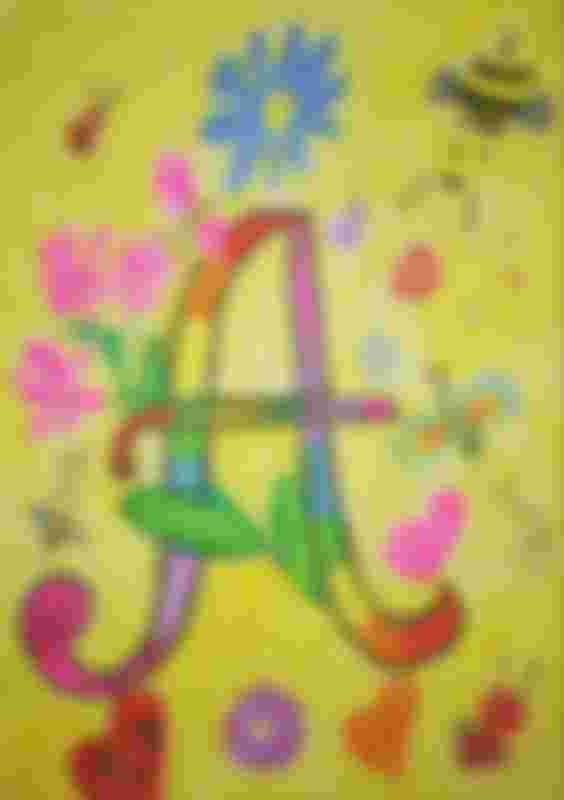
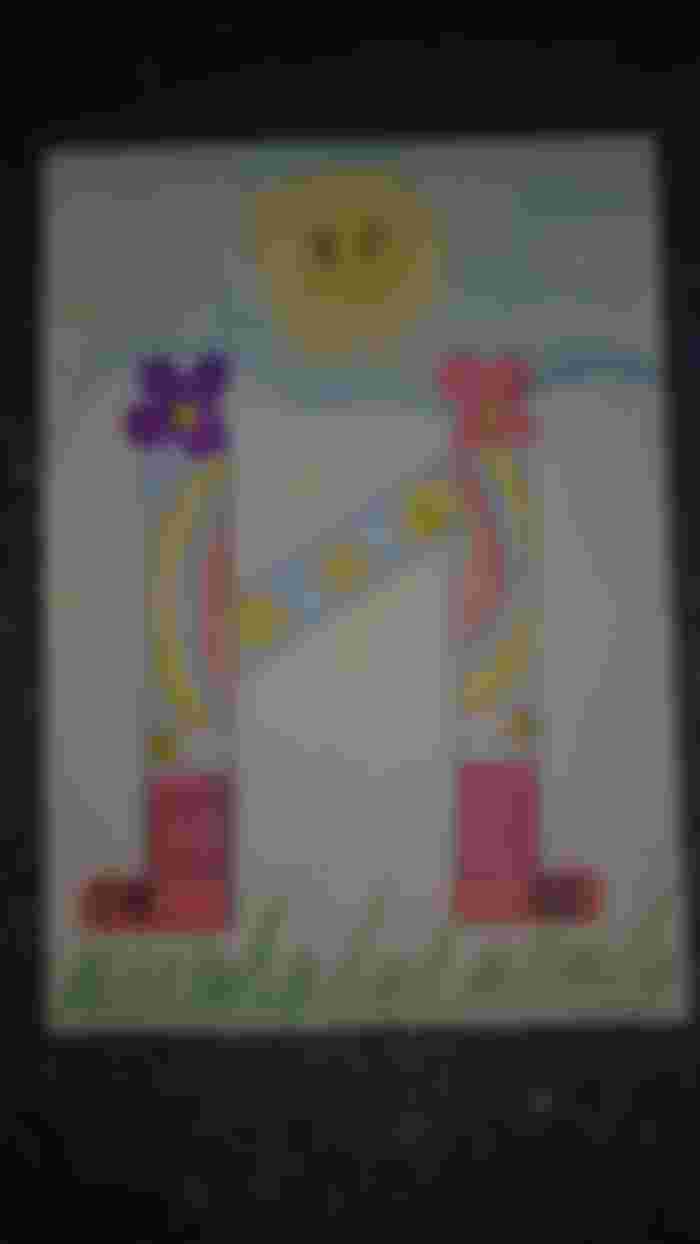

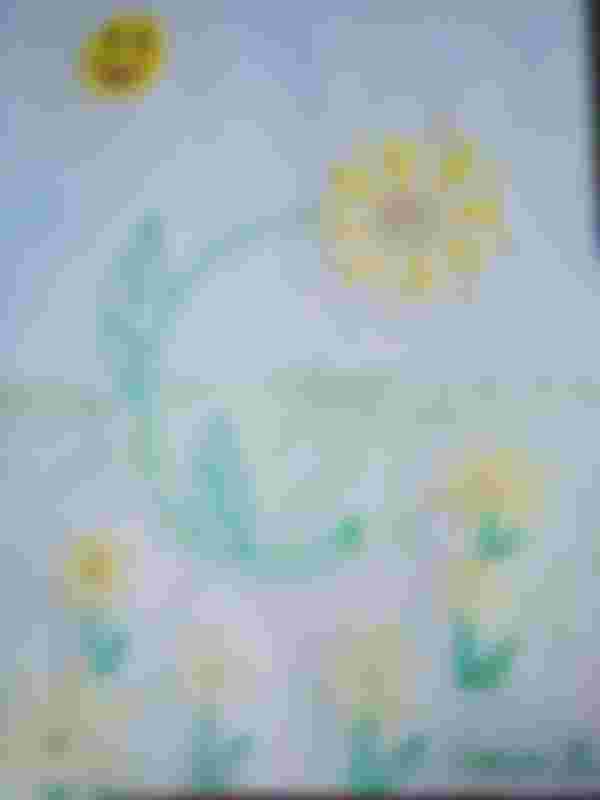
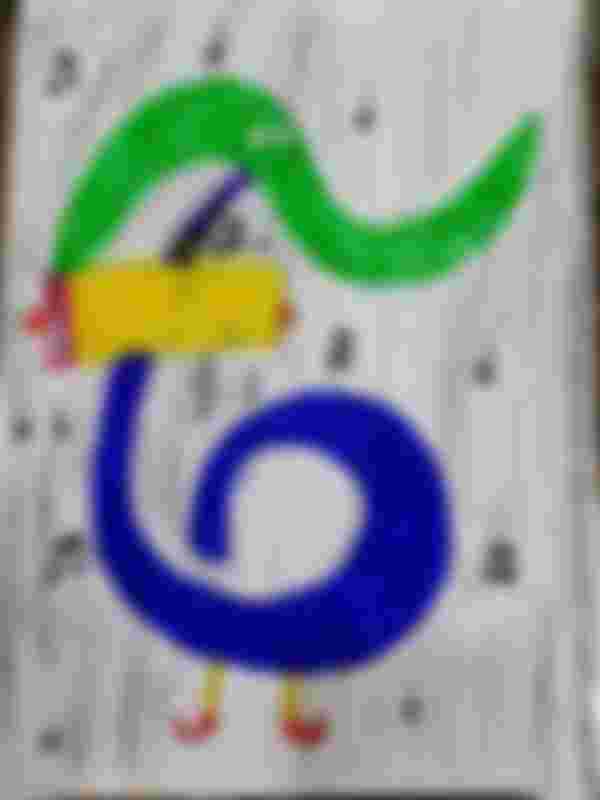
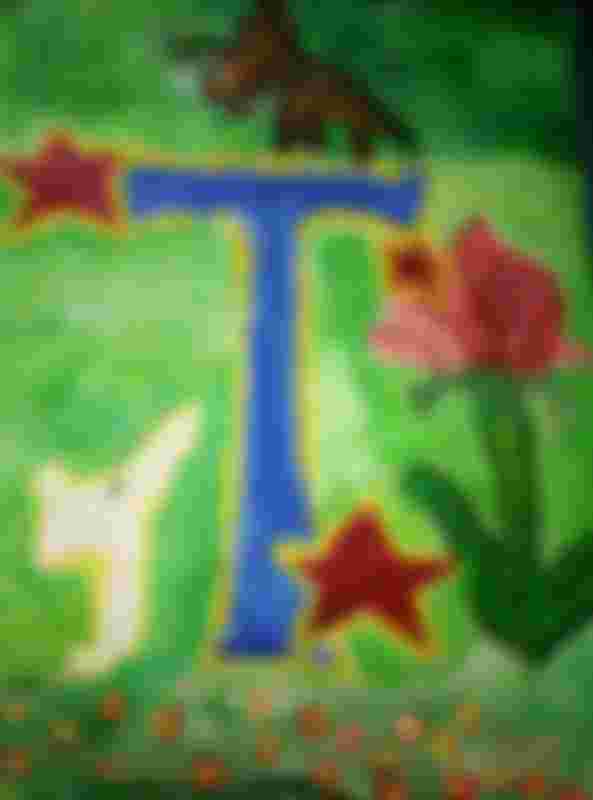
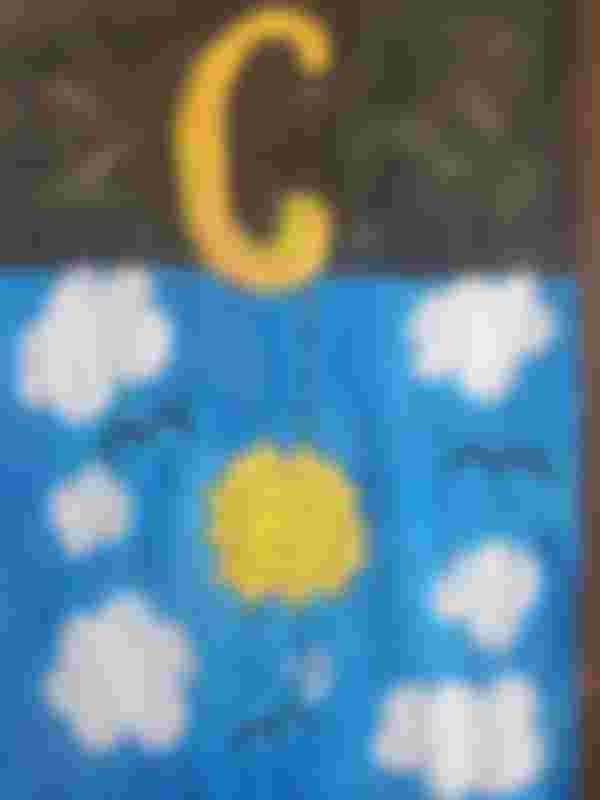

Nasa divna cirilica :D Na zalost, vecini je mnogo lakse sve raditi u latinicnom pismu jer je vise zastupljenije nego cirilicno. Licno ja sam mislim od osnovne skole pisala sve latinicom, i onda je dosao dan da sam se zaposlila u skoli. Prvi cas u dnevniku sam upisala latinicom, direkorka je htela u top da me stavi "Pobogu Milice pa ne predajes engleski" ahahah i onda sam jedno nedelju dana bukvalno vezbala cirilicu :) :) :)